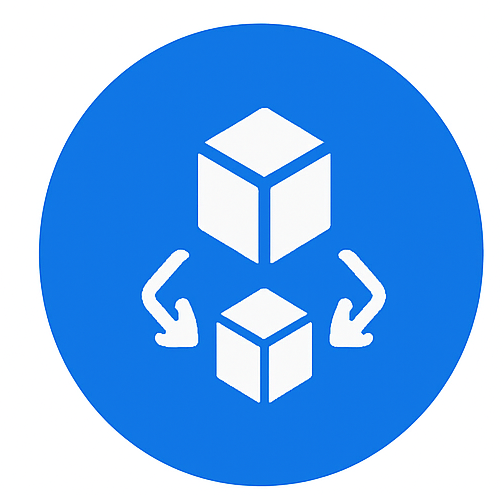📦 Planning 101: A Beginner’s Guide to Planning and Forecasting in Supply Chain Management
1-Sep-2025 - SCM4ALL Team
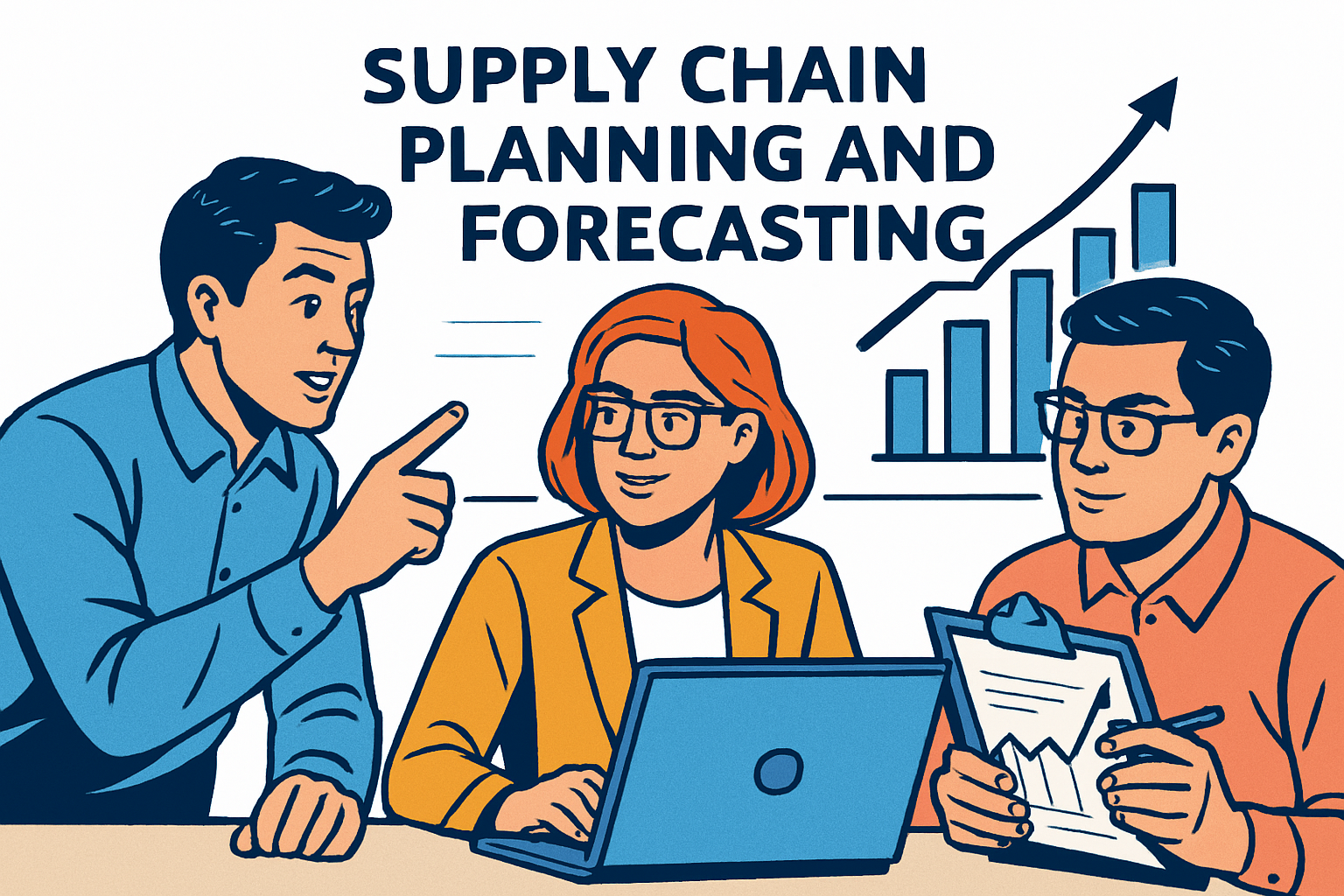
What is Planning in Supply Chain Management?
At its core, supply chain planning is the strategic process of organizing and coordinating the flow of goods, services, information, and finances from the point of origin to the point of consumption. It involves a series of decisions across various functions to optimize efficiency, minimize costs, and ensure customer satisfaction. Think of it as the grand blueprint that guides every stage of your product's journey.
Common Key Terms:
- Demand Planning: Estimating future customer demand.
- Inventory Planning: Determining optimal inventory levels to meet demand while minimizing holding costs.
- Production Planning: Scheduling and managing manufacturing activities.
- Logistics Planning: Managing the transportation and storage of goods.
- Sales and Operations Planning (S&OP): A cross-functional process that aligns sales, marketing, production, and finance to create a unified plan.
- Integrated Business Planning (IBP): An advanced form of S&OP that incorporates financial planning and external factors for a more holistic view.
Pre-requisites for Effective Supply Chain Planning
Before you can even begin to plan, certain foundations must be in place. These pre-requisites are crucial for accurate and effective supply chain management:
- Data Accuracy & Accessibility: Reliable and readily available data (historical sales, inventory levels, supplier lead times, customer orders) is paramount. Garbage in, garbage out!
- Clear Business Objectives: What are you trying to achieve? Cost reduction, improved customer service, market share growth?
- Cross-Functional Collaboration: Departments like sales, marketing, production, finance, and logistics must work together seamlessly.
- Defined Processes: Standardized procedures for each stage of the supply chain ensure consistency and efficiency.
- Technology & Systems: An Enterprise Resource Planning (ERP) system, Supply Chain Management (SCM) software, or advanced analytics tools are often essential.
- Skilled Personnel: A team with expertise in data analysis, logistics, and strategic thinking is vital.
What is a Forecast?
A forecast is an estimate of a future outcome or trend. In the context of supply chain, it's a projection of future demand for products or services over a specific period. It's not a crystal ball, but rather an educated guess based on available data and various influencing factors.
Types of Forecasts
Forecasts can be categorized in several ways:
- Time Horizon: Short-Term, Medium-Term, and Long-Term.
- Methodology: Qualitative (expert opinion, surveys) and Quantitative (time series analysis, regression analysis).
- Level of Detail: Aggregate (product families) and Disaggregate (specific SKUs).
The fundamental assumption underlying most forecasting models is that past trends and patterns will continue into the future. While this is a reasonable starting point, it's also the biggest limitation.
Forecasting in Practice: Examples Across Enterprises
The approach to forecasting varies significantly depending on the size and resources of an enterprise.
Large Enterprises (e.g., Honda, Shell)
These giants often employ sophisticated, integrated forecasting systems. They use advanced statistical models, AI/ML algorithms, and dedicated teams of data scientists. Their S&OP or IBP processes are highly formalized, involving multiple stakeholders and frequent review cycles. They leverage vast amounts of historical data, real-time market signals, and external economic indicators. For example, Honda might use predictive analytics to forecast demand for specific vehicle models based on economic growth in Pune, fuel prices across India, and competitor launches, coordinating production globally. Similarly, Shell would forecast global oil and gas demand based on geopolitical factors, energy policies, and industrial growth.
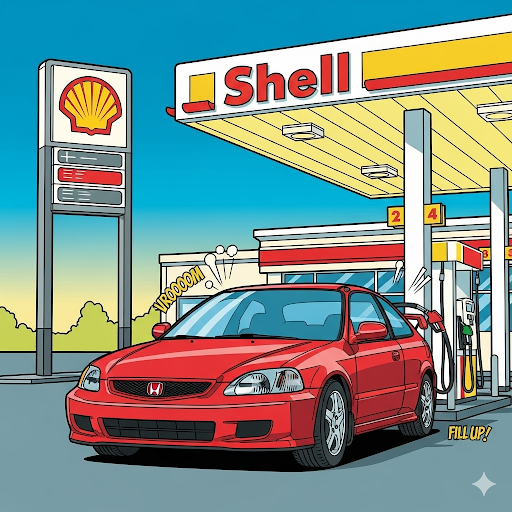
Medium Enterprises (e.g., Uniqlo)
Companies like Uniqlo would use a combination of commercial forecasting software and refined spreadsheet models. They have dedicated planning teams, though perhaps less specialized than an automotive or energy giant. They meticulously analyze historical sales data by region, promotional impacts, and fashion trends. Uniqlo forecasts demand for specific apparel lines based on seasonal changes, marketing campaigns, and even micro-trends identified from social media in various markets.
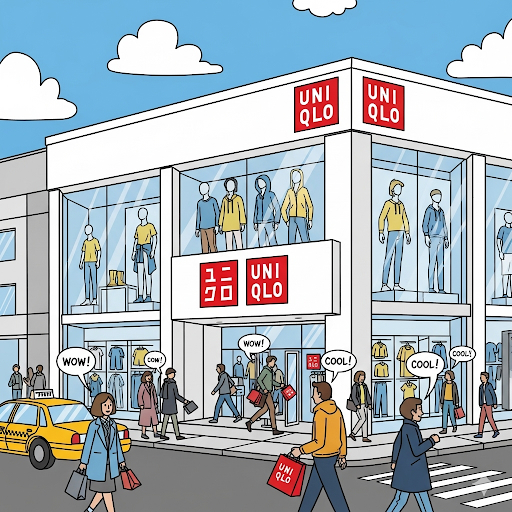
Small Enterprises (e.g., A baker in the resort town of Orlando)
For a small baker in a tourist hub like Orlando, forecasting is often more intuitive and less formal. The owner might rely on personal experience, recent sales figures, and upcoming events. They might use basic spreadsheets or even manual calculations. They'd consider tourist seasons, local events (like a major conference at a nearby convention center), school holidays, and even the daily weather forecast to anticipate demand for bread, pastries, and custom cakes. For instance, knowing a large group is checking into a nearby hotel might prompt a slight increase in their daily bake.

Forecast Metrics
How do you know if your forecast is any good? By measuring its accuracy! Here are some common forecast metrics:
- Mean Absolute Deviation (MAD): The average of the absolute differences between actual demand and forecast.
- Mean Squared Error (MSE): The average of the squared differences between actual demand and forecast. Penalizes larger errors more heavily.
- Root Mean Squared Error (RMSE): The square root of MSE, providing error in the same units as the forecast.
- Mean Absolute Percentage Error (MAPE): The average of the absolute percentage errors. Useful for comparing forecast accuracy across different items with varying demand levels.
- Bias (or Cumulative Forecast Error): Indicates if the forecast consistently over- or under-predicts demand.
- Weighted Absolute Percentage Error (WAPE): Similar to MAPE but weights errors by the actual demand volume, making it more relevant for high-volume items.
The Future of Forecasting with AI
Artificial Intelligence (AI) and Machine Learning (ML) are revolutionizing supply chain forecasting. They address many of the limitations of traditional methods by:
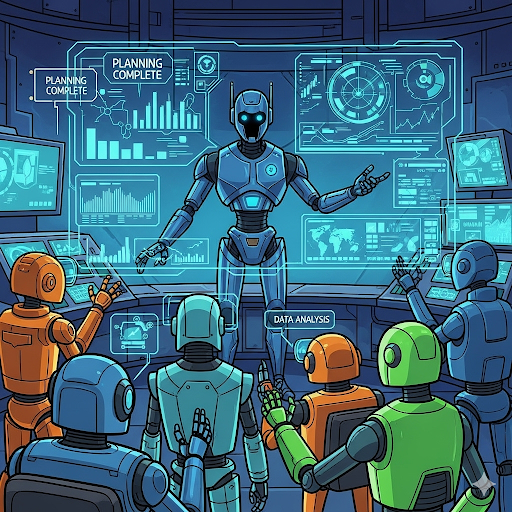
- Handling Massive Datasets: AI can process and analyze vast amounts of data from diverse sources (sales history, weather, social media trends, economic indicators, news events, supplier data) that would overwhelm human analysts.
- Identifying Complex Patterns: ML algorithms can uncover subtle, non-linear relationships and hidden patterns in data that traditional statistical methods might miss.
- Real-time Adaptation: AI models can continuously learn and adapt to new data, providing more agile and responsive forecasts as market conditions change.
- Predicting Unforeseen Events: While not a crystal ball, AI can better identify anomalies and potential disruptions by analyzing unstructured data (like news articles or social media sentiment).
- Automated Feature Engineering: AI can automatically identify the most relevant features (variables) from raw data to improve forecast accuracy.
- Scenario Planning: AI can simulate various future scenarios, helping businesses prepare for different outcomes (e.g., impact of a new competitor, supply chain disruption).
The blend of human expertise with the computational power of AI is creating a new era of proactive, resilient, and highly accurate supply chain forecasting. Businesses that embrace these technologies will undoubtedly gain a significant competitive edge in the years to come.
